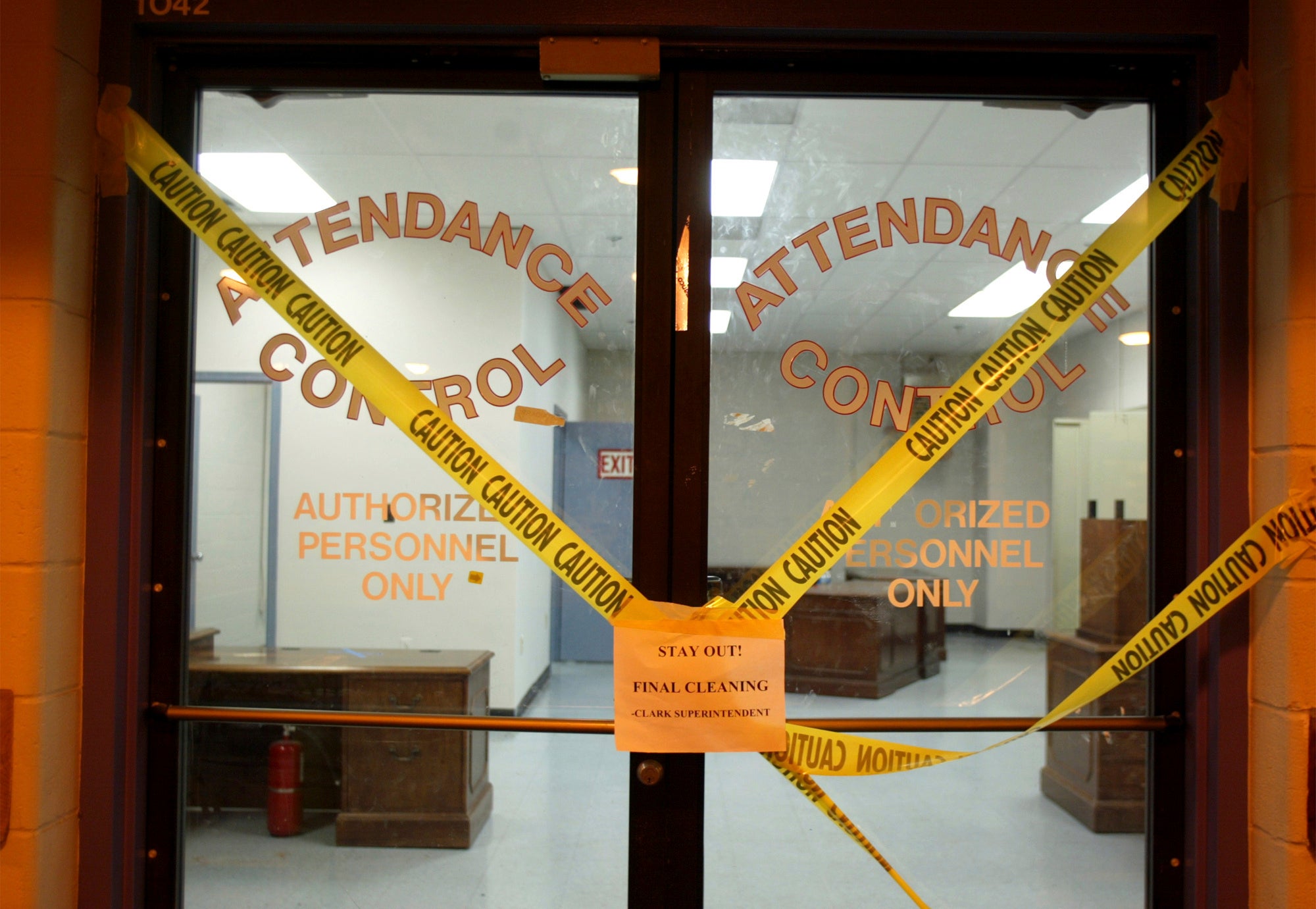Audit finds major gaps in US bio weapons detection system
An audit has found gaps in a program intended to provide the U.S. with an early detection system of a biological weapon attack

Your support helps us to tell the story
From reproductive rights to climate change to Big Tech, The Independent is on the ground when the story is developing. Whether it's investigating the financials of Elon Musk's pro-Trump PAC or producing our latest documentary, 'The A Word', which shines a light on the American women fighting for reproductive rights, we know how important it is to parse out the facts from the messaging.
At such a critical moment in US history, we need reporters on the ground. Your donation allows us to keep sending journalists to speak to both sides of the story.
The Independent is trusted by Americans across the entire political spectrum. And unlike many other quality news outlets, we choose not to lock Americans out of our reporting and analysis with paywalls. We believe quality journalism should be available to everyone, paid for by those who can afford it.
Your support makes all the difference.A U.S. program created after the 2003 anthrax attacks to help detect biological weapons provided protection in less than half the states and couldn't detect many of the known threats according to a report released Thursday.
The program known as BioWatch which described itself in a mission statement as a nationwide early warning system, was capable of detecting only six of 14 biological agents known to be potential threats. It also left detection equipment exposed and unguarded, the Office of Inspector General for the Department of Homeland Security found.
“Without implementing changes to address BioWatch’s challenges, the United States’ ability to prepare for, detect, and respond to a potential bioterrorism attack is impeded, which could result in significant loss of human life,” the inspector general concluded.
BioWatch, which is run by a component of Homeland Security, was created in 2003 in response to the deadly mailing of anthrax-laced envelopes to news media and government offices two years earlier. It has faced criticism for years.
Intended to supplement existing surveillance programs, BioWatch consists of air sampling equipment and lab facilities around the nation. It was meant to reduce the time it takes to recognize an attack by monitoring for known biological agents. It costs about $80 million per year to run, according to previous government reports.
The inspector general noted, however, that it has detection capability in just 22 of the 50 states.
Contrary to billing, “BioWatch does not operate a nationwide early warning system,” the report said.
Previous reviews in recent years have faulted the program's computer network security and said it lacked reliable data about its capabilities for detecting an attack, among other problems. The Countering Weapons of Mass Destruction Office, which runs BioWatch, in 2019 ranked lowest across 420 government agencies, for employee satisfaction and commitment, according to a report by the General Accountability Office.
The new report, based on an audit of the program conducted last year, found that BioWatch no longer carries out routine full-scale exercises, which in previous years had uncovered a range of problems with preparedness for a possible attack.
The Countering Weapons of Mass Destruction Office generally concurred with the findings in the report and said it is working to address problems raised in the audit. But its director also defended the overall value of the program.
BioWatch is integral to the office's mission "and serves as the department's best tool to effectively prepare for, detect and respond to bioterrorism threats,” David Richardson, an assistant secretary at DHS who runs the office, wrote in a letter accompanying the report.
To address its coverage of the U.S., the office said it plans to work with the Los Alamos National Laboratory, which conducted the 2003 assessment upon which the office based the deployment of its monitoring equipment.
The list of which states have the equipment, and which do not, was redacted from the report.
It does note, however, that inspectors found security deficiencies at six of 17 locations in three states: Massachusetts, Illinois and Florida.
The report included photos showing the portable equipment without any kind of security around the sensor or the power source. It said the equipment could be “unplugged, tampered with, vandalized, or stolen." In 34 out of 35 jurisdictions, inspectors found BioWatch equipment could not always collect air samples to test because of security breaches or unplugging.
The Homeland Security office said it would work with the organizations that host the equipment to improve security and planned to “enhance” biological detection capabilities. It also scheduled a full-scale exercise for late last month and said it would share the information with other involved organizations by April.